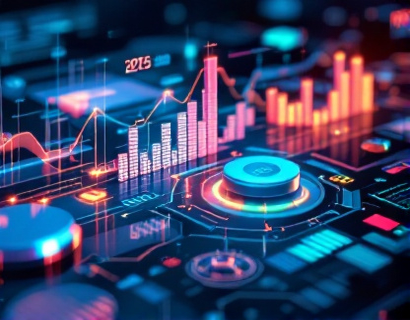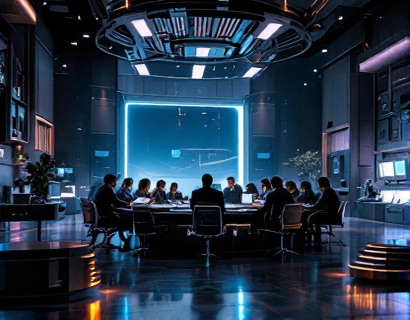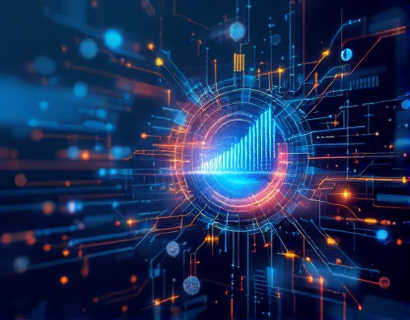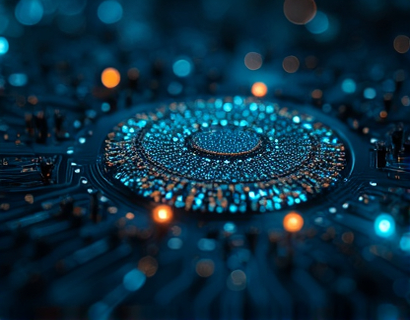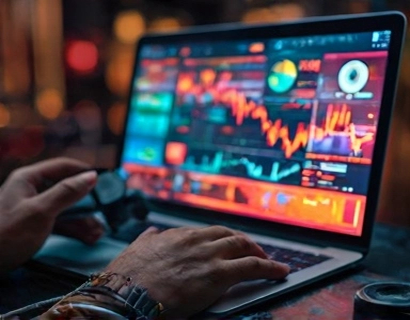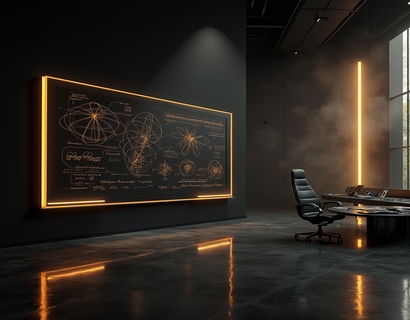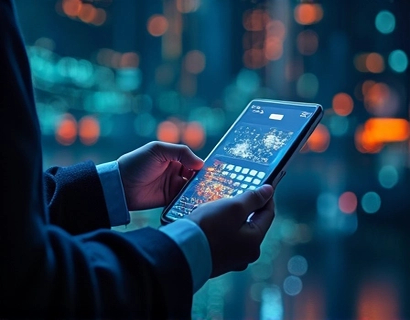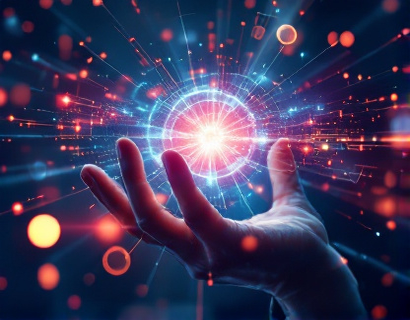Innovative Universal Apps: A Deep Dive into Accessibility and Productivity Enhancements
In the rapidly evolving landscape of technology, the concept of universal apps has emerged as a transformative force, bridging the gap between advanced tools and universal accessibility. These applications are designed to cater to users of all abilities, ensuring that everyone can benefit from the latest innovations in productivity and creativity. This article delves into a curated collection of cutting-edge apps that exemplify the fusion of technology and accessibility, aiming to enhance the user experience for individuals with diverse needs.
The importance of accessibility in technology cannot be overstated. It ensures that digital tools are usable by as many people as possible, regardless of their physical, sensory, or cognitive abilities. Universal apps take this principle to the next level by incorporating features that adapt to the user's environment and preferences, making technology more inclusive and user-friendly. This approach not only broadens the user base but also fosters a more equitable digital world.
One of the key aspects of innovative universal apps is their ability to leverage advanced technologies such as artificial intelligence, machine learning, and natural language processing. These technologies enable apps to understand and respond to user needs in real-time, providing personalized experiences that enhance productivity and creativity. For instance, AI-powered voice assistants can help users with visual impairments navigate through apps and devices more efficiently, while machine learning algorithms can adapt the interface to suit individual user habits and preferences.
Accessibility features in these apps are not just add-ons but are deeply integrated into the core design. This ensures that users with disabilities can access and use the app's primary functions without compromises. For example, apps that support screen readers provide detailed descriptions of visual elements, allowing blind users or those with severe visual impairments to interact with the app effectively. Similarly, apps with customizable text sizes, high-contrast modes, and haptic feedback cater to users with varying levels of visual and auditory abilities.
Productivity enhancements are another critical aspect of universal apps. By streamlining workflows and providing intuitive interfaces, these apps help users accomplish tasks more efficiently. For instance, note-taking apps with voice-to-text capabilities enable users to capture ideas quickly, regardless of their typing speed or ability. Project management tools with visual cues and customizable dashboards help users with cognitive disabilities stay organized and focused on their goals.
Creativity is also significantly boosted through universal apps. Art and design tools that support various input methods, such as touch, voice commands, and eye-tracking, allow artists with different abilities to express themselves more freely. Music composition apps with gesture-based interfaces enable musicians with physical limitations to create and perform music with ease. These tools not only democratize creative processes but also open up new avenues for artistic expression.
To illustrate the diversity and impact of these innovative apps, let's explore several examples that have made significant strides in accessibility and productivity.
First, consider Voice Dream Reader, an e-book reading app that transforms digital text into high-quality speech. This app supports multiple languages and reading voices, making it accessible to a wide range of users. Its advanced text-to-speech engine ensures natural-sounding pronunciation and intonation, enhancing the reading experience for users with visual impairments or dyslexia. The app also includes features like bookmarking, note-taking, and customizable font sizes, further enhancing its utility and accessibility.
Another notable app is Microsoft's OneNote, which has robust accessibility features built into its core functionality. OneNote supports screen readers and offers keyboard shortcuts for users who cannot use a mouse. The app's ability to capture handwritten notes and convert them to typed text is particularly beneficial for users with motor disabilities. Additionally, OneNote's integration with other Microsoft services like Office and Teams makes it a versatile tool for both personal and professional use, enhancing productivity across various tasks.
The Speech-to-Text feature in many modern apps, such as Google Docs and Apple's Notes, is a prime example of how universal design can improve productivity. These apps allow users to dictate text directly into documents, eliminating the need for manual typing. This feature is especially useful for users with physical disabilities or those who prefer voice input. The accuracy of these systems has improved significantly with the help of machine learning, reducing errors and making the process smoother and more efficient.
For users who require more specialized tools, apps like Be My Eyes provide a unique solution. This app connects blind and visually impaired users with sighted volunteers through a live video call. The volunteers assist the users in tasks such as reading labels, identifying products, and navigating unfamiliar environments. The app's design ensures a seamless and secure connection, making it a valuable resource for daily tasks and emergencies alike.
In the realm of education, Khan Academy has introduced features that cater to diverse learning needs. The app offers closed captions for video lessons, making it accessible to deaf and hard-of-hearing students. It also includes interactive exercises and quizzes that adapt to the user's performance, providing personalized learning experiences. For users with attention disorders, the app's ability to break down complex topics into manageable segments helps maintain focus and engagement.
Artistic expression is another area where universal apps shine. Procreate, a digital painting app, supports a wide range of input methods, including touch, stylus, and voice commands. Its intuitive interface and extensive brush library make it accessible to artists with varying levels of skill and ability. The app's cloud saving feature ensures that work is always backed up, reducing the risk of losing creative progress. For users with motor disabilities, the ability to customize brush strokes and use alternative input methods is invaluable.
Music creation is similarly enhanced by apps like GarageBand, which offers a user-friendly interface and a variety of instruments and effects. The app supports MIDI controllers and external keyboards, making it accessible to musicians with physical limitations. Its collaborative features allow multiple users to work on a project simultaneously, fostering teamwork and creativity. For users with visual impairments, the app's audio feedback and descriptive cues help navigate the interface and manipulate musical elements.
Lastly, Todoist, a popular task management app, incorporates accessibility features that benefit a wide range of users. It supports screen readers and offers customizable labels and priorities to help users organize their tasks effectively. The app's ability to sync across devices ensures that users can access their to-do lists anywhere, enhancing productivity and reducing stress. For users with cognitive disabilities, the clear and concise interface helps maintain focus and manage daily responsibilities.
In conclusion, innovative universal apps are revolutionizing the way we interact with technology, making advanced tools accessible and beneficial to everyone. These apps not only enhance productivity and creativity but also promote inclusivity and equality in the digital world. By integrating cutting-edge technologies and thoughtful design, developers are creating solutions that break down barriers and empower users of all abilities. As the technology landscape continues to evolve, the potential for even more innovative and accessible apps is vast, promising a future where everyone can thrive in the digital age.





